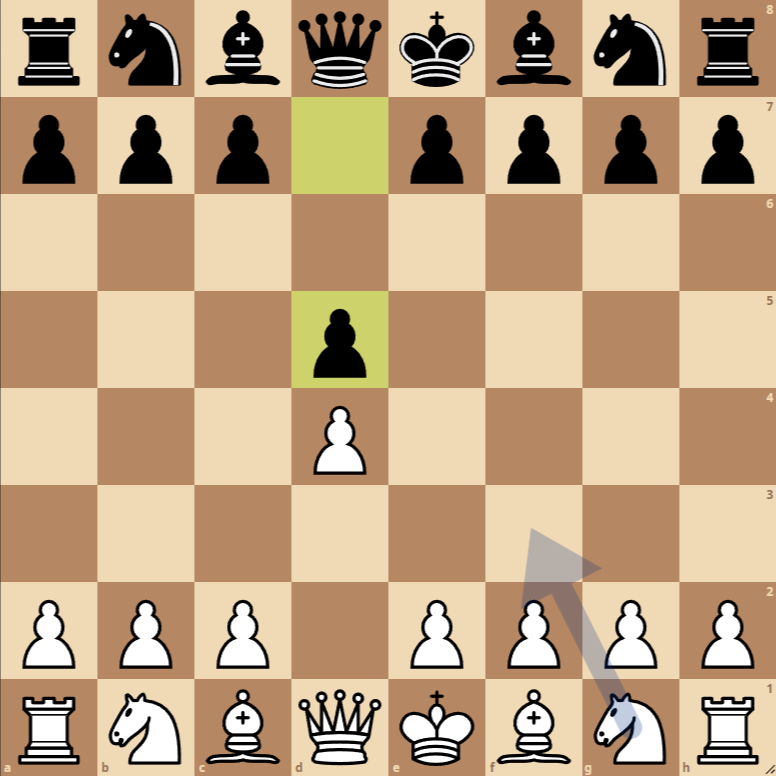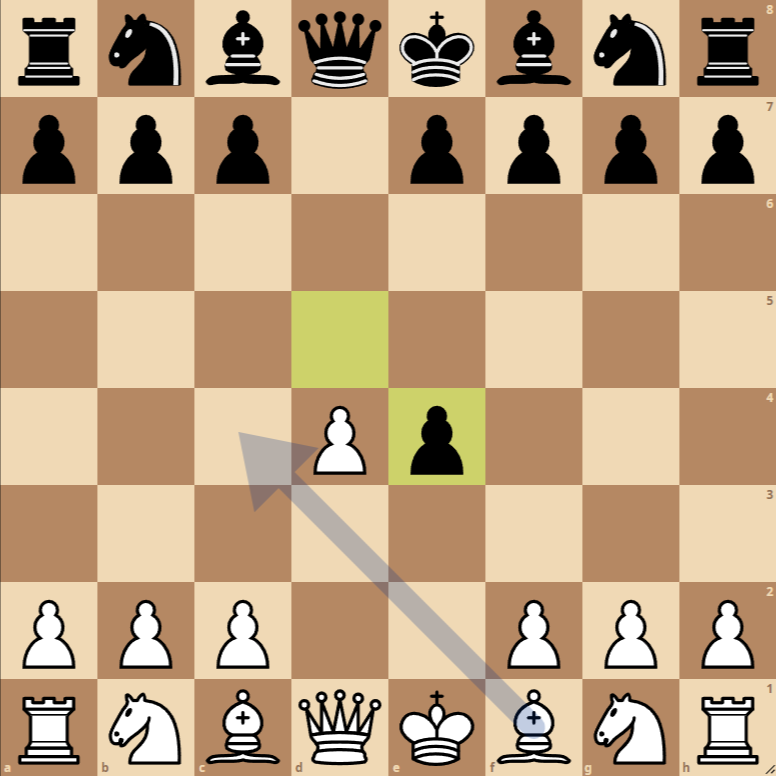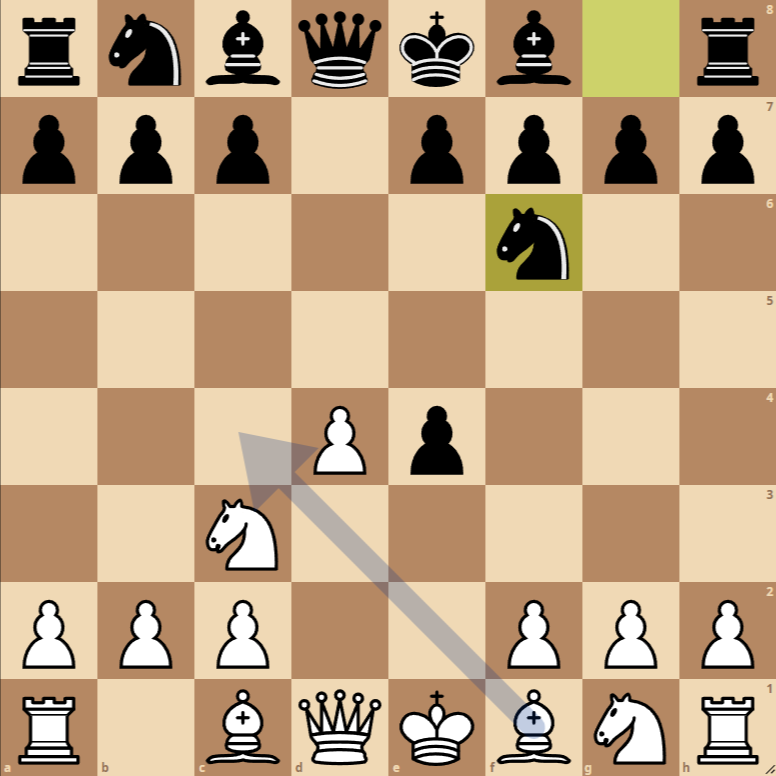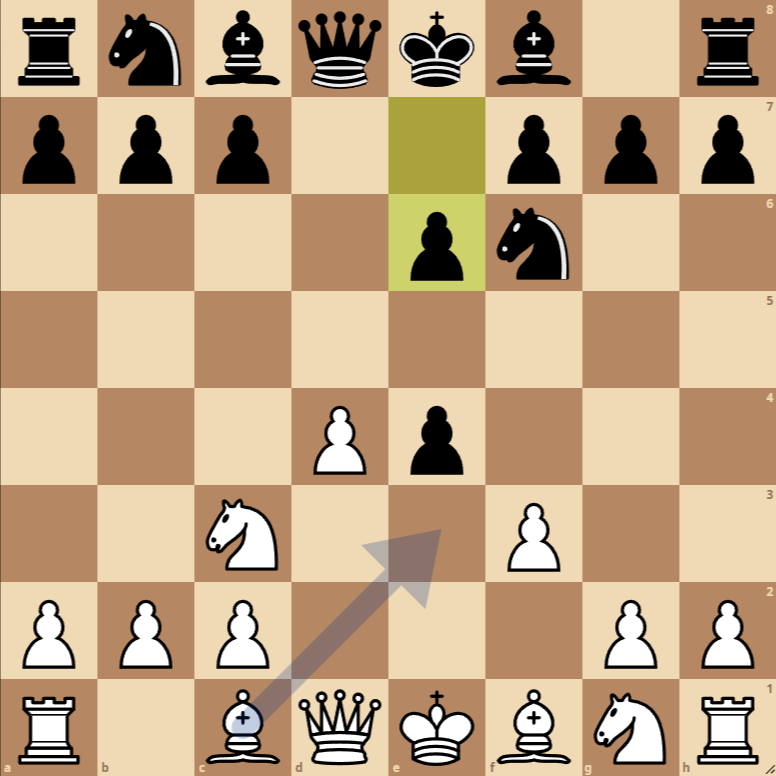How to Play the Weinsbach Defense Opening



The Weinsbach Defense is a chess opening characterized by the following moves:
- 1. d4 d5: Both White and Black advance their queen’s pawns to control the center.
- 2. e4 dxe4: White attempts to challenge Black’s control of the center by offering a pawn, which Black captures.
- 3. Nc3 Nf6: White develops their knight to c3, aiming to regain the lost pawn, while Black develops their knight to f6 to support the pawn on e4 and maintain control of the center.
- 4. f3 e6: White prepares to recapture the pawn on e4 by increasing pressure on it, while Black reinforces their center and prepares to develop their king’s bishop.
Variants of the Weinsbach Defense Opening

The Weinsbach Defense opening can lead to various variants depending on Black’s and White’s responses. Some of the main ones include:
Variant 1: 4…Bb4
In this variant, Black develops their bishop to b4, putting pressure on the knight on c3 and threatening to double White’s pawns if the bishop is captured.
Variant 2: 4…c5
With this move, Black aims to counter in the center directly, threatening to advance their pawn to c4 and expand their control on the queen’s side.
Variant 3: 4…Nc6
By developing another knight to c6, Black increases defense of the pawn on e4 and prepares possible central or queen’s side pawn breaks.
The Weinsbach Defense
The Weinsbach Defense, arising after the initial moves 1. d4 d5 2. e4 dxe4 3. Nc3 Nf6 4. f3 e6, is an unconventional and flexible variation within the vast universe of chess openings. Through these moves, White seeks to establish strong central control, while Black aims to counter this strategy by maintaining a solid pawn structure and options for counterplay.
Strategies and Tactics for White:
- Pawn Recovery and Central Control: With the move 4. f3, White prepares to recapture the pawn on e4 while simultaneously opening lines for their minor pieces and queen. Recovering the pawn with fxe4 is crucial to maintain material equality and establish a firm central control.
- Piece Development with Threats: After pawn recovery, moves like Ng5 or Ne3 not only aid in developing minor pieces but also create immediate threats against the Black king and the knight on f6. Ng5, in particular, puts pressure on the Black knight, a key piece in Black’s defense, and can pave the way for a long castling and a kingside attack.
Strategies and Tactics for Black:
- Counterpressure in the Center and Active Piece Play: Black, with their solid pawn structure in the center and kingside, should aim to activate their pieces quickly. Developing the bishop to e7 or c5, followed by kingside castling, can be an effective way to counter the central control and prepare potential counterattacks.
- Exploiting White’s Premature Pawn Advances: The move 4. f3 weakens the a2-g8 diagonal and the safety of the White king, especially if White castles kingside. Black should look for opportunities to open the center and create attacks aimed at these weaknesses, especially if White delays castling or neglects the development of their minor pieces.
Next Best Moves:
For White, capturing with fxe4 is nearly mandatory to recover the pawn and maintain material balance. Subsequently, moves like Ng5 or Ne3 are excellent options for developing pieces with an aggressive stance, depending on Black’s response and the desired pawn structure.
For Black, consolidating their position in the center, developing minor pieces quickly, and seeking the right moment for counterplay are key. Moves like Be7, followed by O-O, or even c5 to break in the center, are important considerations depending on how White continues their development.
In summary, the Weinsbach Defense leads to positions rich in tactical and strategic possibilities for both sides. White should focus on pawn recovery and establishing an effective attack, while Black should aim to counter this plan by maintaining a solid pawn structure and seeking opportunities for counterattacks.

